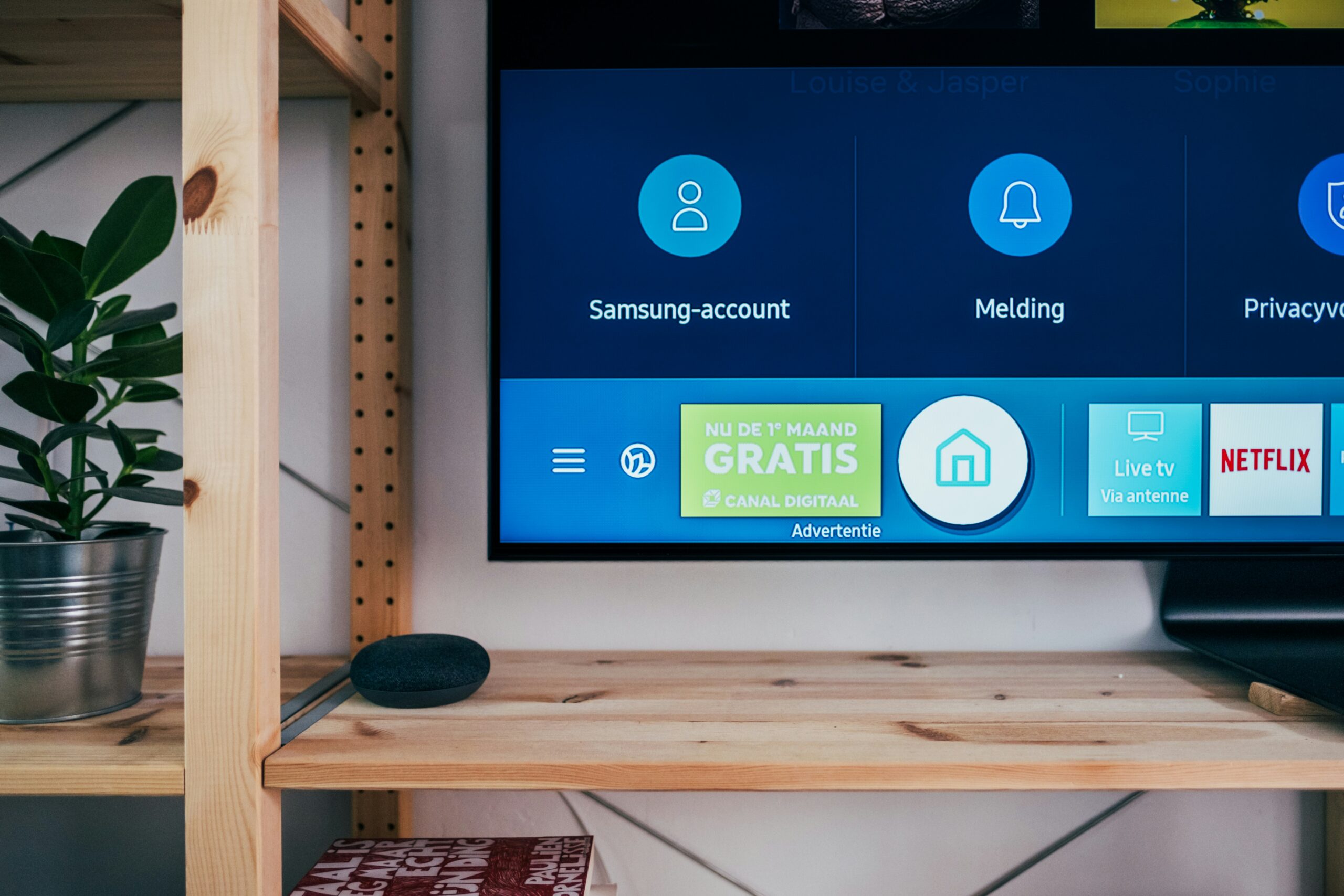
3 best practices to break if you want a 6-figure business
When I started my business, I had no idea what to do. I knew nothing about blogging, pricing, or building an audience.
So I looked to every book, magazine, and website I could find to learn best practices.
Early on, I noticed three pieces of business advice that were widely accepted as the gold standard but didn’t make any sense to me.
They didn’t line up with the way I viewed the world, so my internal compass told me to ignore them. Since I was so inexperienced, ignoring all this was a leap of faith on my part. Fortunately, it paid off.
Many of the people who followed these rules (and scolded me for not doing so) are now out of business. Meanwhile, my business has continued to grow and is now making over $600,000 a year.

My revenue growth from ignoring best practices and blazing my own path
I believe it has been in large part because I went in the opposite direction of these three “rules”.
Today, I want to walk you through each one so you can confidently ignore them whenever they come your way. It could be the best thing you do to grow your business.
So let’s not waste another moment — time to jump right in.
Conventional advice to ignore #1: Don’t give away too much for free
This first one is nearest and dearest to my heart. Giving away all your good content for free is a classic fear when you have a product to sell. It’s natural to want to hold back your best stuff in order to get people to buy.
In the world of blogging and content creation, that means you might give away a few articles and videos but keep the good stuff for buyers. It’s called teaser content.
And that’s the model I saw everywhere I looked. But personally, I felt I could become better known and reach more people simply by giving away as much material as I possibly could.
I gave away articles and videos every week — with my best stuff — for months and months before I ever made any real money,
In fact, I was once part of a business mastermind group where a few of my peers said, “Graham, I think you’re giving away too much of your content for free. Who’s going to buy your paid stuff since you’re giving away so much for free?”
But what these people failed to consider is this: All this content I had put out there was free marketing for me. The more I give away, the more people find me.
Years later (since that mastermind group), my audience has spread further and faster than that of the people who were telling me to hold back on what I was giving away.

The more I give away, the more people find me.
Now I’m able to sell so much more — simply because my audience is that much bigger.
Another thing to consider is this: giving away your good stuff will help build more loyal customers because they’ve tested you out through free material. They’ll trust you more.
When it came time to buy a product about recording music, who were my readers going to buy from? Me, who got them results through free material already? Or the guy holding “the secret” in some vault that they never interacted with?
It’s a no brainer when you think of it that way.
Here’s a content plan you can follow as a guideline:
- Try to give more content away for free than you sell. Whether it’s through blog posts, videos, or PDF guides — it doesn’t matter. I give away over 95% of my material. It might be a bit less for you, but the point is to give away more than you sell.
- Publish consistently. I published content three times a week when I started. That was the pace I could keep up with. You do not have to do that much. Once or twice a week is fine as long as you can maintain it. People respond well to a rhythm of regular, free content. Create that rhythm and then stick to it. It will train your audience to return for more.
- Don’t be afraid of refunds or people not buying. I’ve never experienced anyone asking for their money back because they felt my paid courses were no better than my free stuff. The truth is, my courses are much more in-depth than my free material. I have more time, so I can cover things from different angles to make sure people really understand a concept. And customers are beyond satisfied when they purchase.
One final thought on giving away free content: generosity is attractive.
Brands and companies who give a lot away simply attract more people. They are magnetic. Be the brand that gives and gives and gives. Your fanbase and audience will grow because of it.
Conventional advice to ignore #2: Charge close to your competitors
Early on, I heard that you should research your niche and charge close to what your competitors charge.
When I was releasing my first course, others were charging $20 to $30 for something similar. I had a hunch that it would be a mistake to charge in the same ballpark as them.
So I decided to price my first course at $50 — nearly 67% more than my competitors.
There were two reasons for this.
First, I thought my products were better.
I taught the material in a better, more engaging way. Plus everything was so much more actionable. I built it out in a way that focused on getting the students results — not just more information.
I felt strongly that anyone who went through my course would get way more value out of it compared to anything else on the market.
Secondly, people were on my email list because they were interested in learning recording and mixing from me specifically.
This is something that a lot of online business owners forget. You’re not a chain store that simply sells commodities. People are on your list because they’re interested in your material and the way you teach it.

(Much of this is due to the fact that my free material made me a proven teacher in everyone’s mind. That goes hand in hand with the point above.)
It’s brand loyalty, and you can put a premium on that. They don’t just want your information. They want you!
Today, I’m charging $300 (and more) for some courses — way more than my competitors in this niche.
Here are the steps you can take to virtually guarantee you can charge more:
- Research your competitors’ weaknesses and exploit them. I’m actually in my target market, so this was easy for me. I found that many of my competitors’ products were either boring, had misinformation, or simply were not clear. I thought: “Man, I would rather take a course from someone who taught in an engaging, friend-to-friend kind of way. Someone who skips all the boring stuff and gets right to the meat of what I need to know.” So I just created the course I would want to take!
- Figure out other ways you can go above and beyond to add value. Then charge accordingly:
- Add personalized email feedback to your course. Invite students to ask a question via email or submit something to review, and they’ll get personalized advice directly from you. You can then increase the price of your course package that offers this one-on-one feedback, yet it costs you nothing to pull off and maybe ten minutes of your time.
- Bundle e-books or videos (that cost more to purchase separately) into a valuable package. You might have already made material for another course. Or maybe you no longer sell a certain course. You’ve already taken the time to build it, so why not add it in at a discounted price? Repackaging bonus material is a great way to add value and charge a premium price.
- Create multiple product tiers. Have at least two tiers for your product: A premium tier that has everything you want to offer, and another that offers the core material without the bonus content. You can price the first one higher and the second one lower. This creates a powerful shift in the customer’s mind, changing the question from “Should I buy this?” to “Which one should I buy?” This is guaranteed to lead to more sales.
Want to build a business that enables you to live YOUR Rich Life? Get my FREE guide on finding your first profitable idea.
Conventional rule to ignore #3: Don’t be controversial
A lot of people tell me I’m one-sided with my content. I only review products that I like, or I’ll teach a technique without giving the pros and cons of others out there.
Those same people tell me I’m alienating readers and viewers by doing this. But, ironically, the opposite happens. I’m building a more loyal, rabid fan base.
For example, I wrote a blog post called “Analog Summing and Why You Shouldn’t Care.” Without going into too much detail, it was a post that killed a very popular sacred cow (an idea that is widely accepted and rarely challenged).
But because I made a bold claim, drew a line in the sand, and stood for something, that post got 364 comments.
Some were supportive:

Others completely disagreed:

Taking this approach made my content more shareable and created a dialogue with my readers.
It’s all about being honest about what you think will help people. And guess what? Not everyone’s going to agree with you. And that’s OK. It’s a good thing!
The key is to have a stance, an angle, and a unique spin to the content you’re creating. And the great thing is that it can (and should) be totally natural. Your “spin” will be a reflection of you and what you actually believe.
Here’s how you can start creating shareable content today:
- Are there sacred cows in your industry that you don’t believe in? Point them out. But don’t just do it for the sake of being controversial. Explain your experiences and why your advice will help readers more.
- What’s something everyone knows but is afraid to say? Being the first to say this will earn you a lot of street credibility and respect. It shows that you’re not afraid to ruffle feathers because you care more about helping your audience than what critics might say about you.
Remember, no one cares about safe, predictable content.
If you want to grow your business, you need to grow your audience — and you do that by creating content that is interesting, different, bold, and fresh. This makes it shareable, which allows your fans to do your “marketing” for you!
Don’t be afraid to be different
When most people don’t take my advice, it’s because they’re afraid to buck the trend.
They’re afraid giving away too much will slash sales. They’re afraid of charging more because customers might not buy. Or they’re afraid to have a clear opinion because it might turn people away.
This is natural. I’m still afraid at the prices I charge. I’m still nervous about hitting publish on certain blog posts.
The fear hasn’t gone away. But my business has continued to grow. That’s proof that I’m on the right track.
That, and all those “thank you” emails I get every day from the people whom I’m helping, either with my paid or free material.
Now it’s your turn: Which one of these three pieces of “advice” are you most afraid to ignore? What in your mind is the worst thing that could happen?
I’d love to help you work through the fear!
Want to build a business that enables you to live YOUR Rich Life? Get my FREE guide on finding your first profitable idea.
Written by Ramit Sethi
Host of Netflix's "How to Get Rich", NYT Bestselling Author & host of the hit I Will Teach You To Be Rich Podcast. For over 20 years, Ramit has been sharing proven strategies to help people like you take control of their money and live a Rich Life.



